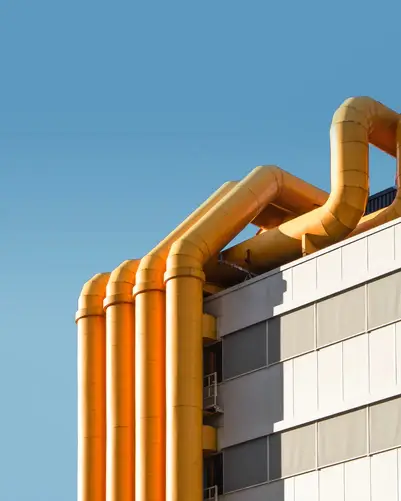
About Primary and Secondary Containment
There are a few factors that determine how many levels of containment you’ll need for your project. These factors include what industry you’re in, the level of hazardous materials you’re working with, and location.
Primary containment is the first level of true protection. This may include a base layer of environmental lining composed of polyethylene and geotextile materials. This is where industry type comes into play, as well. Certain industries require more complex regulations regarding primary containment measures. Check state regulations to determine what measures you should take regarding primary containment.
Secondary containment provides a backup system of containment in case the primary one fails. This system of control helps to prevent any excess discharge from seeping into the environment and causing pollution. Both EPA and OSHA regulations enforce the use of secondary containment measures to avoid hazardous materials from polluting the environment.
Both primary and secondary containment practices help prevent spills and expensive remediation — including legal fines and costs. With these containment options in place, however, spills are less likely to happen and your area, and business, will be protected.
Who Needs Containment
The definition of “hazardous materials” is a broad one for both OSHA and EPA standards. Basically, your facility should include the necessary protective measures of containment if the materials being used could potentially harm people or the environment. Safety Data Sheets are a good determining factor for whether or not you’re dealing with hazardous materials. Any liquids that are stored in bulk tanks, drums, or totes typically require secondary containment efforts to avoid spills. Read on to discover more containment solutions for your hazardous materials.
Containment Solutions
Primary and secondary containment can be achieved with the use of environmental liners that help protect the surrounding location from the harmful effects of hazardous waste. Often made using HDPE (high density polyethylene), these large thermoplastic liners are manufactured to cover a large area to properly contain all hazardous materials. However, the liners require specific installation due to their cumbersome size, so a professional installation is needed to maximize protection.
A certified Diamond T installer can oversee the implementation of these environmental liners to ensure that your containment system is up to OSHA and EPA standards. Using non-destructive and comprehensive installation techniques, your Diamond T install team guarantees a timely completion and ensures your primary and secondary containment practices are processed correctly. A variety of materials may be necessary for your install, and our team is happy to explore all options so that your facility is properly protected. No matter the project, Diamond T services are dedicated to providing a quick turnaround on all projects, all while using the best materials for your facility’s primary and secondary containment procedures.


